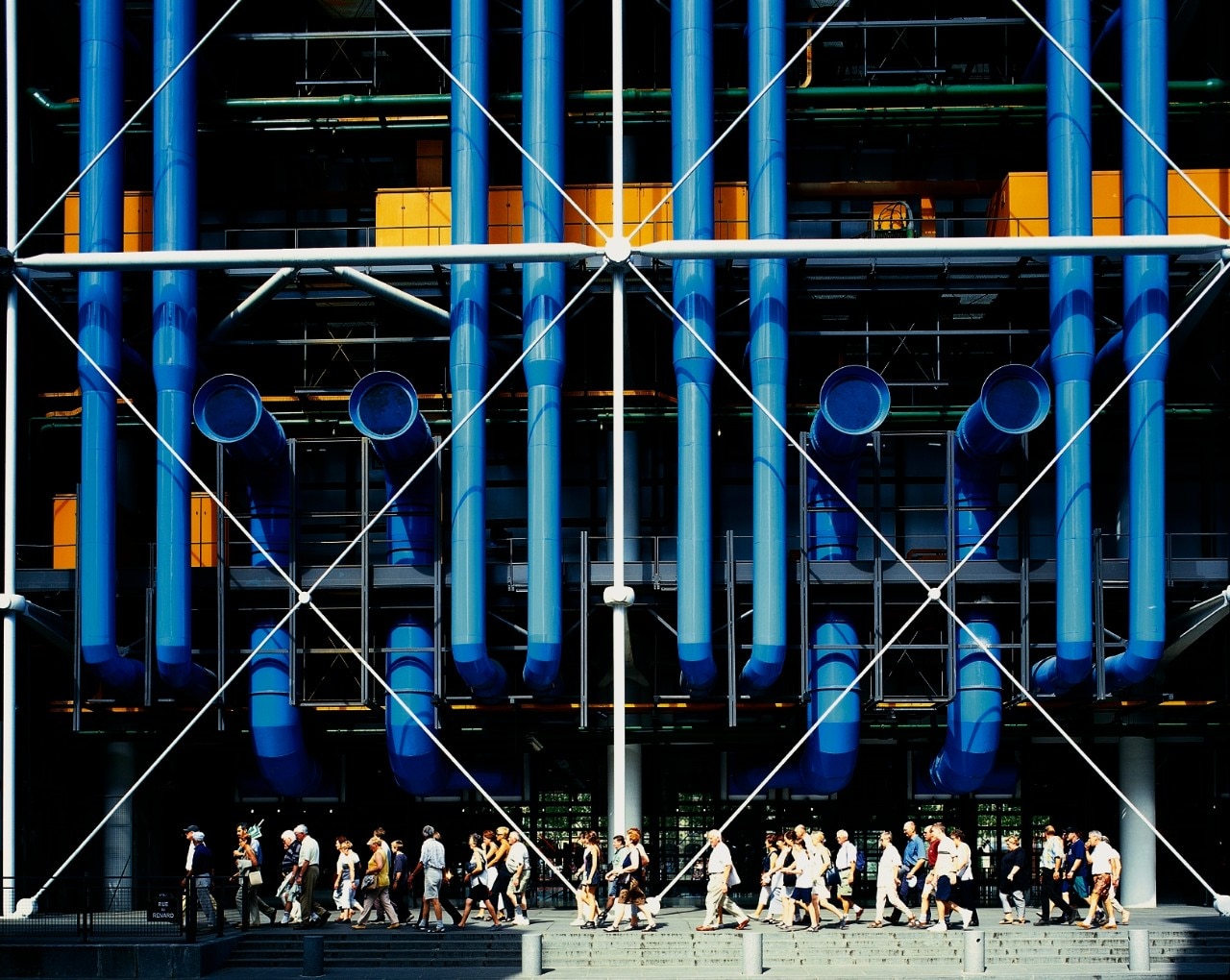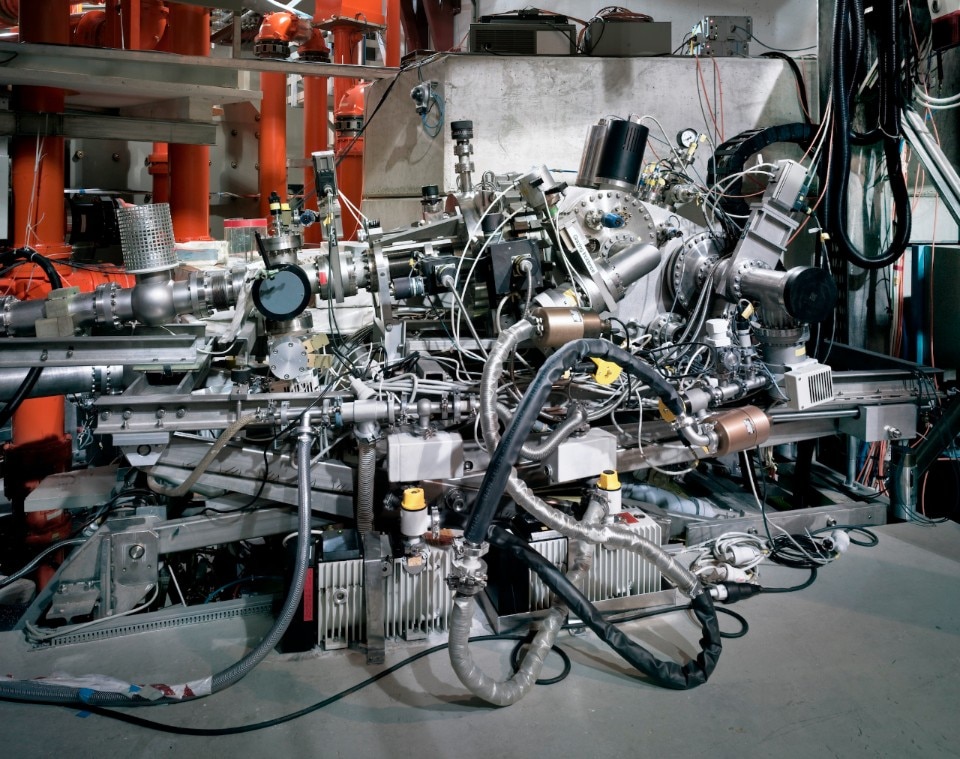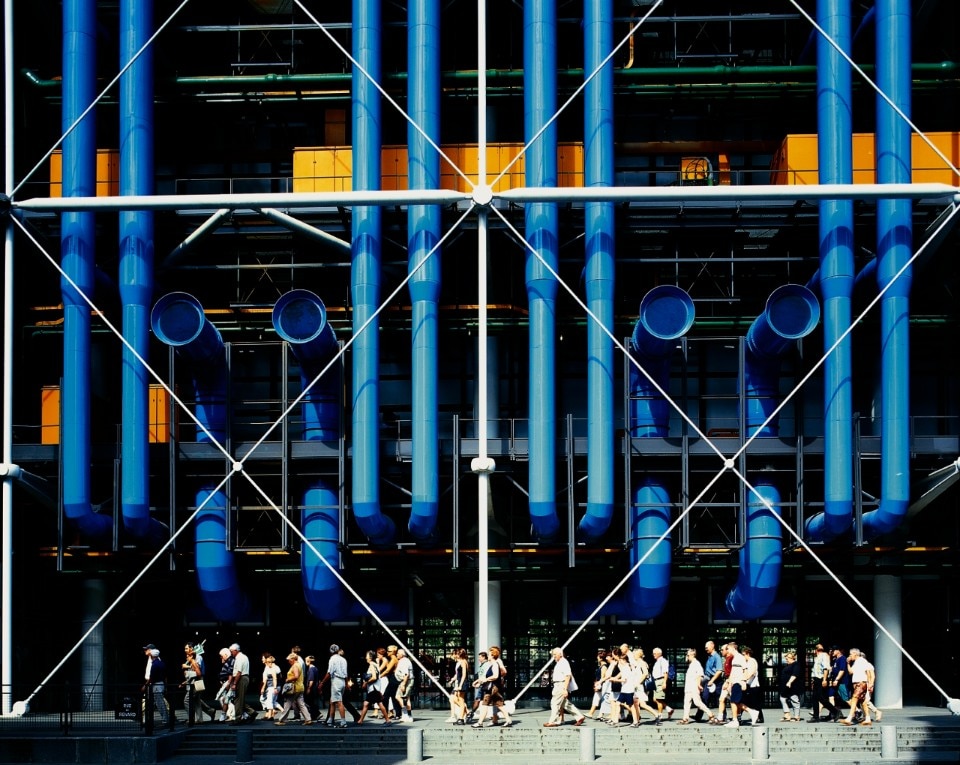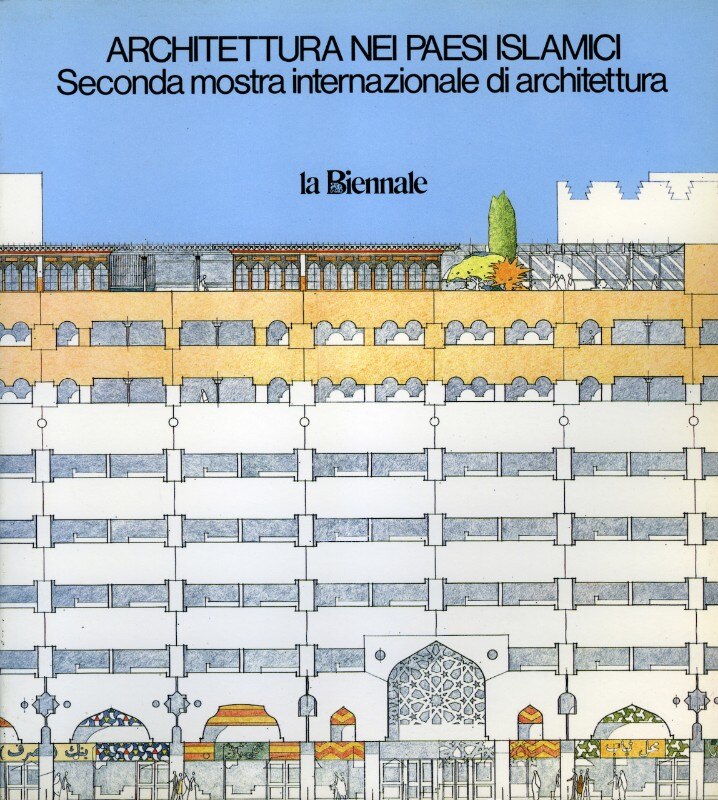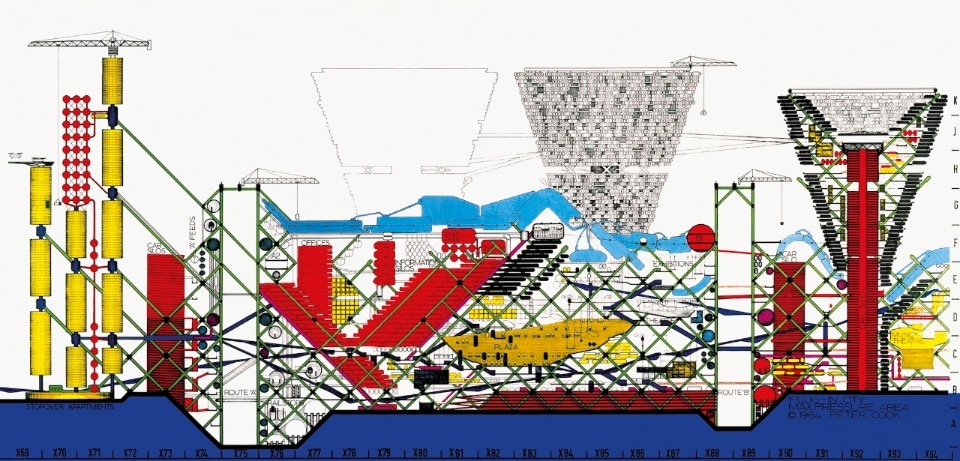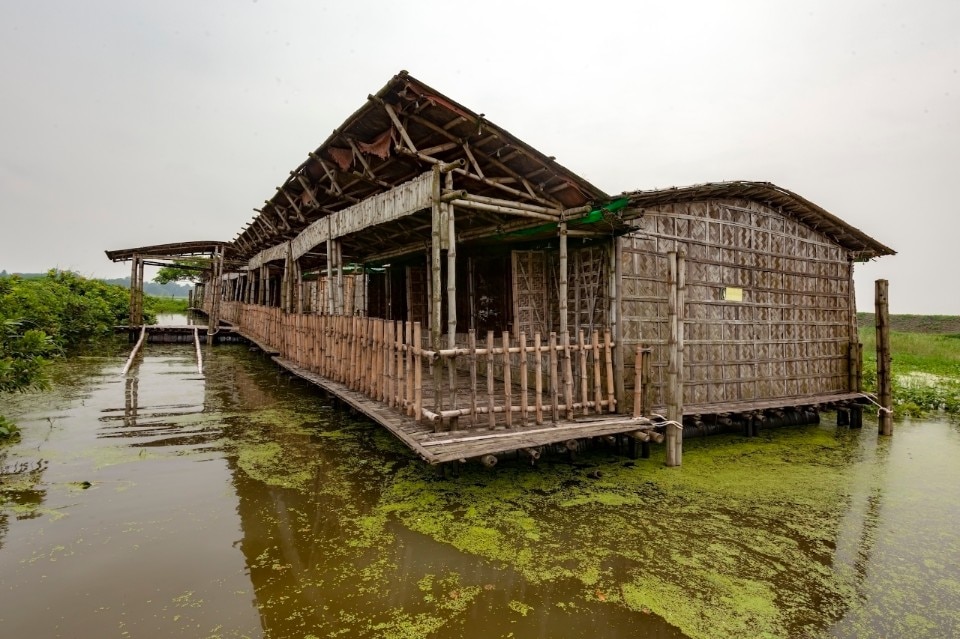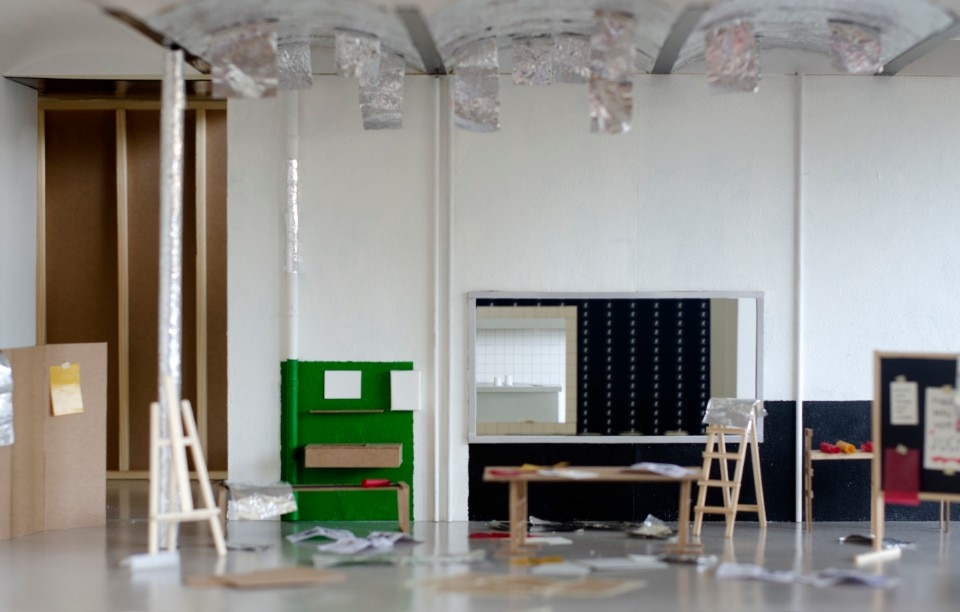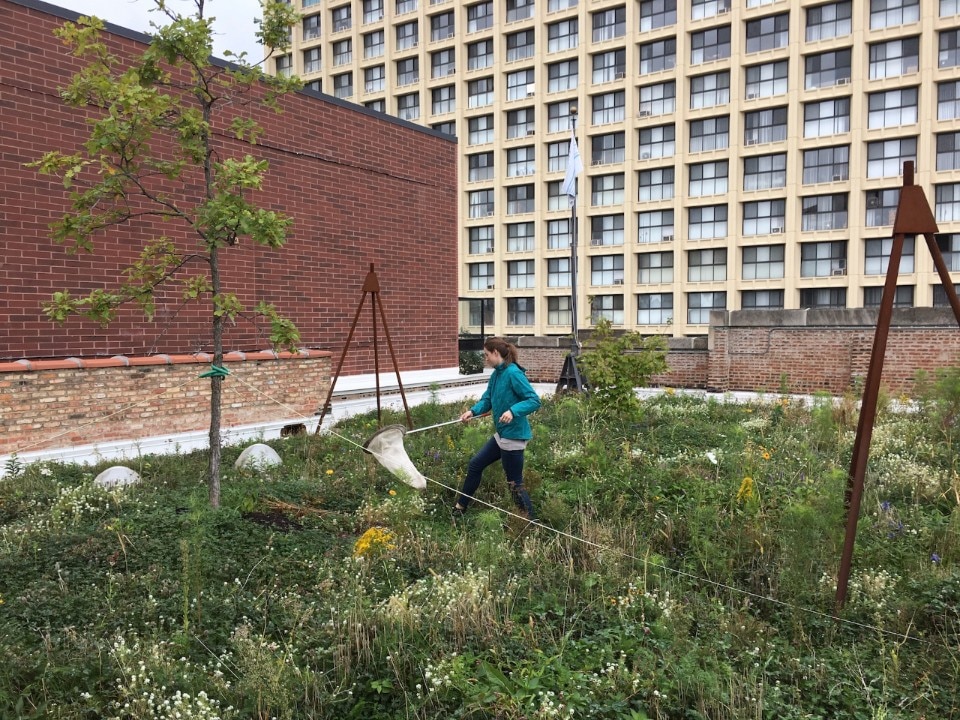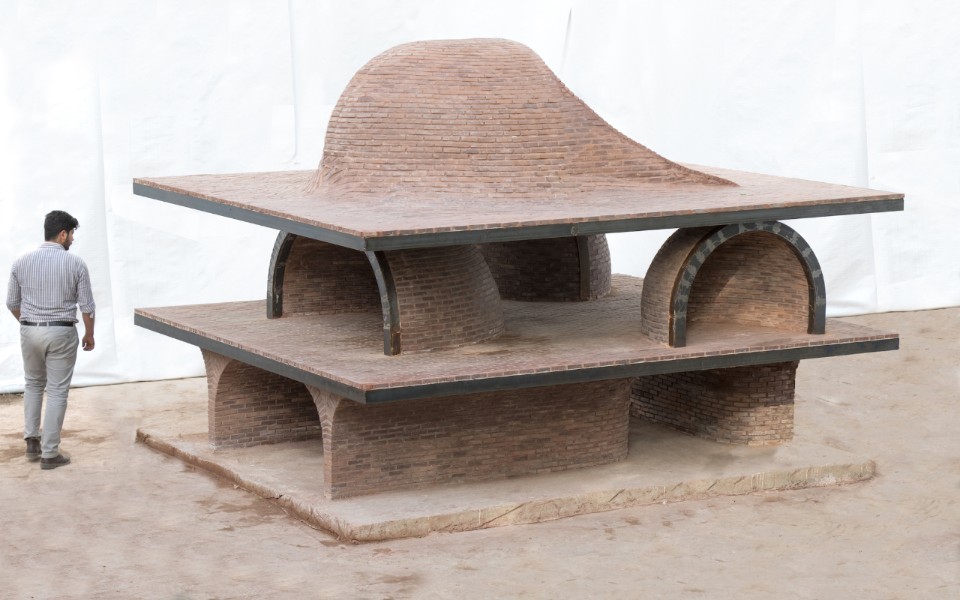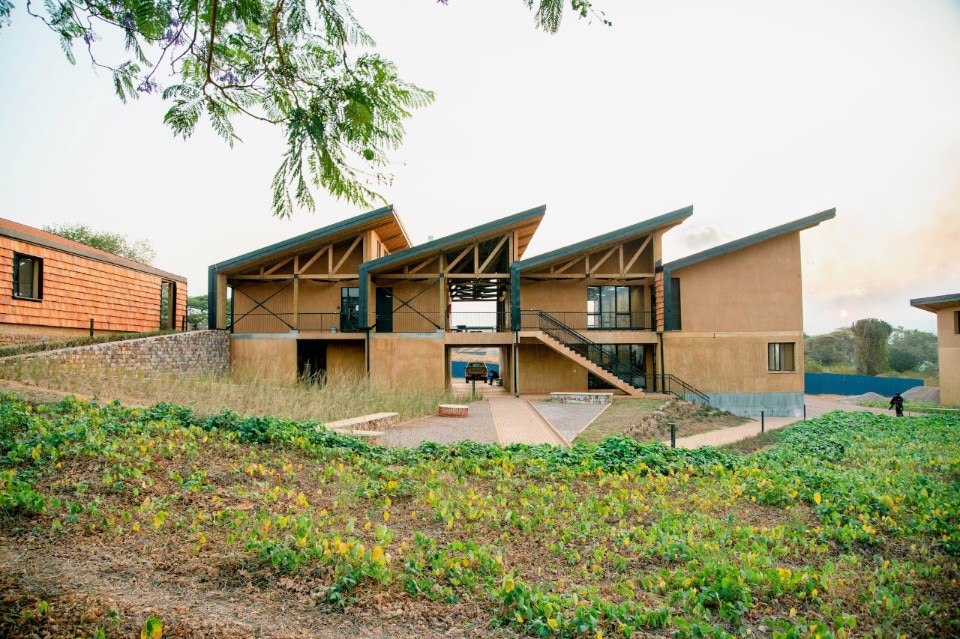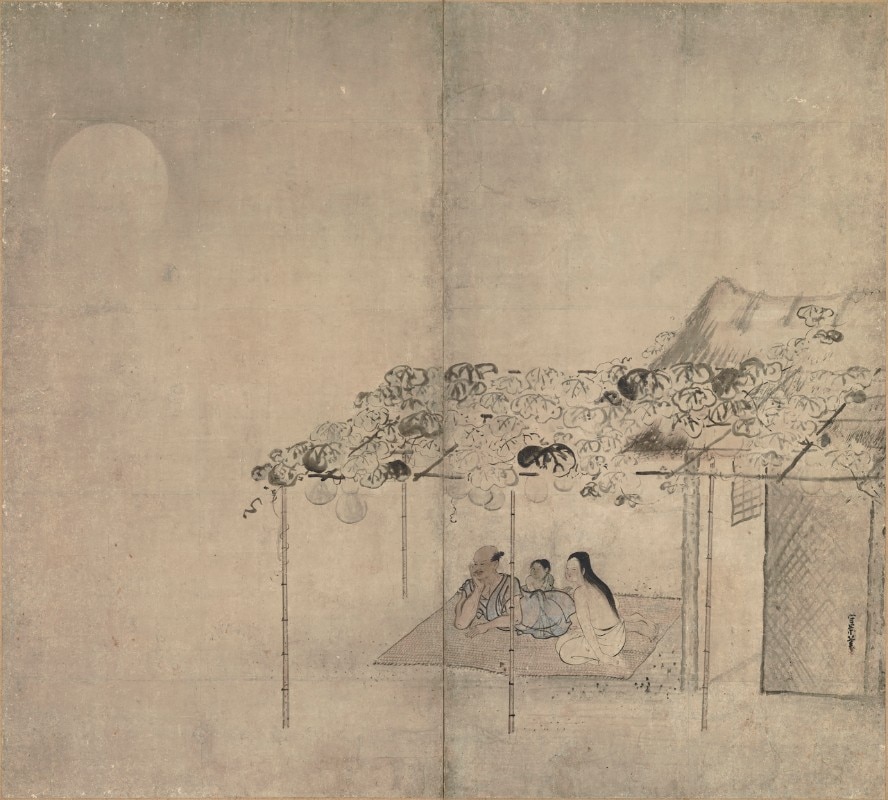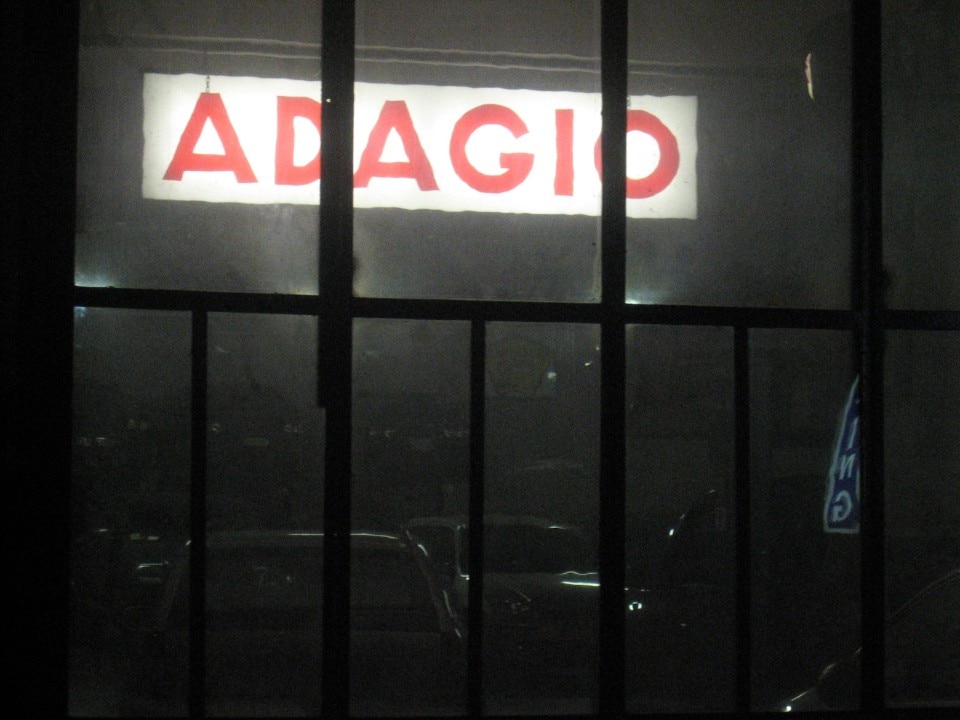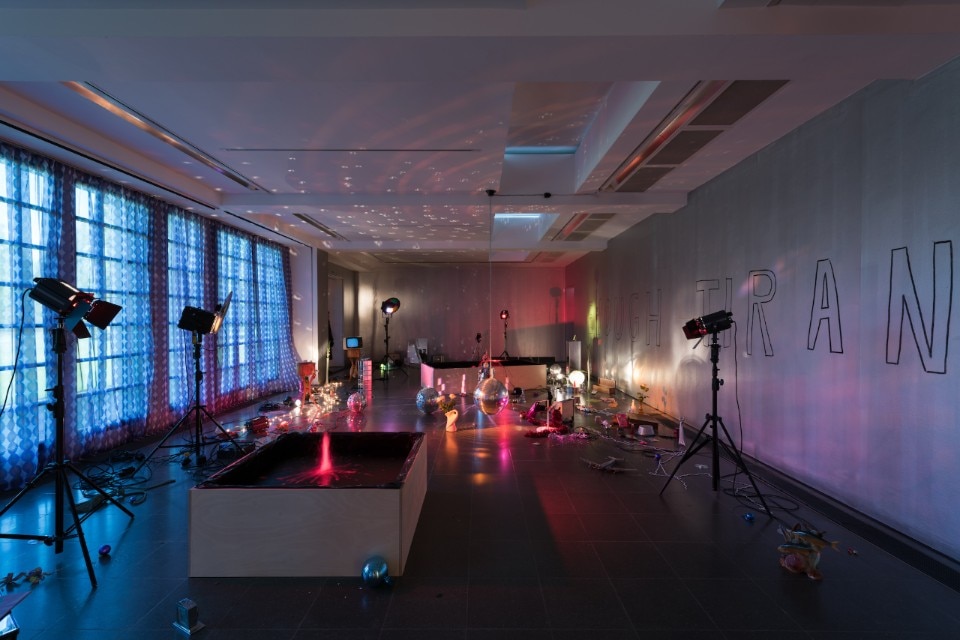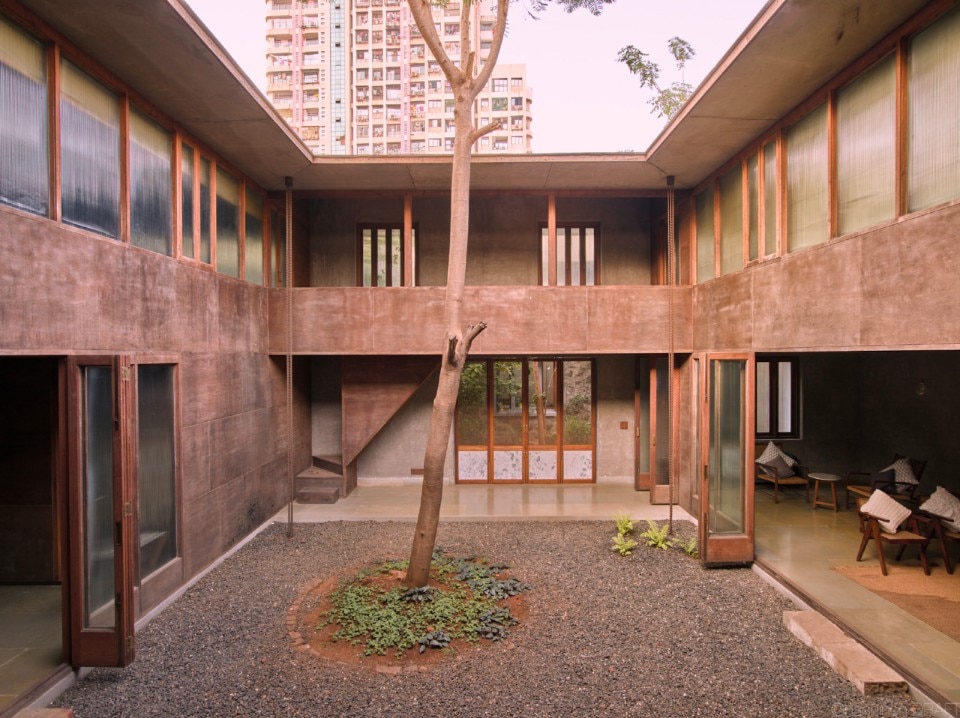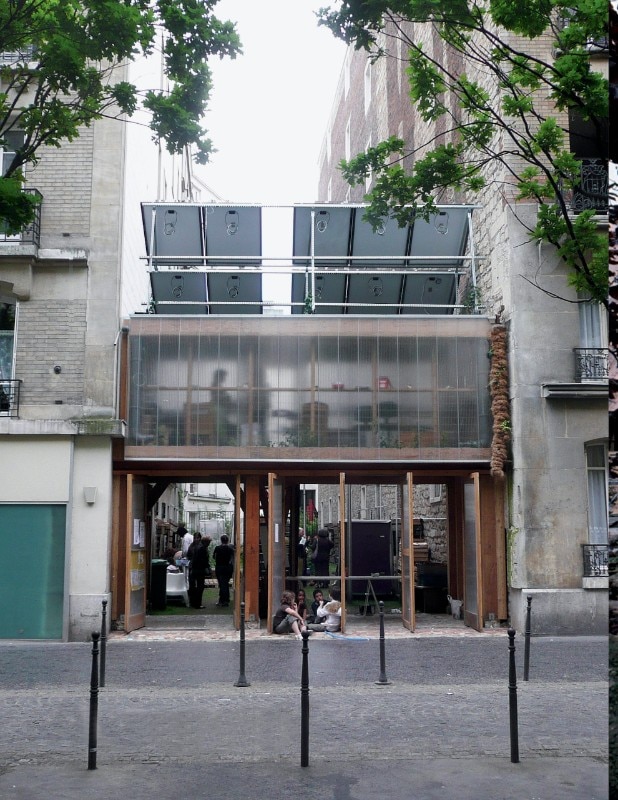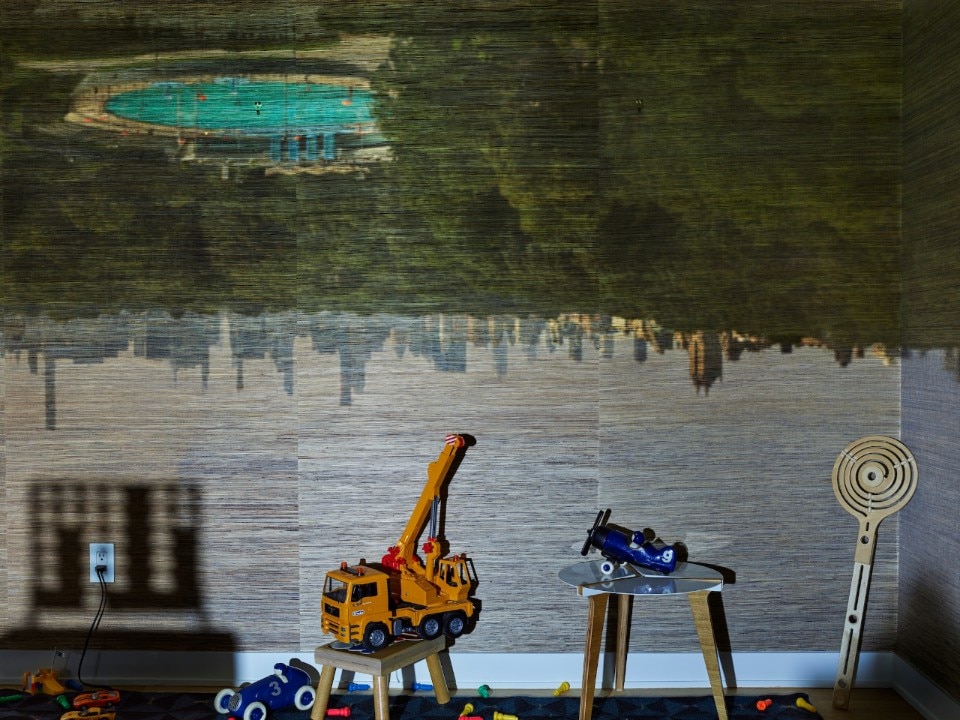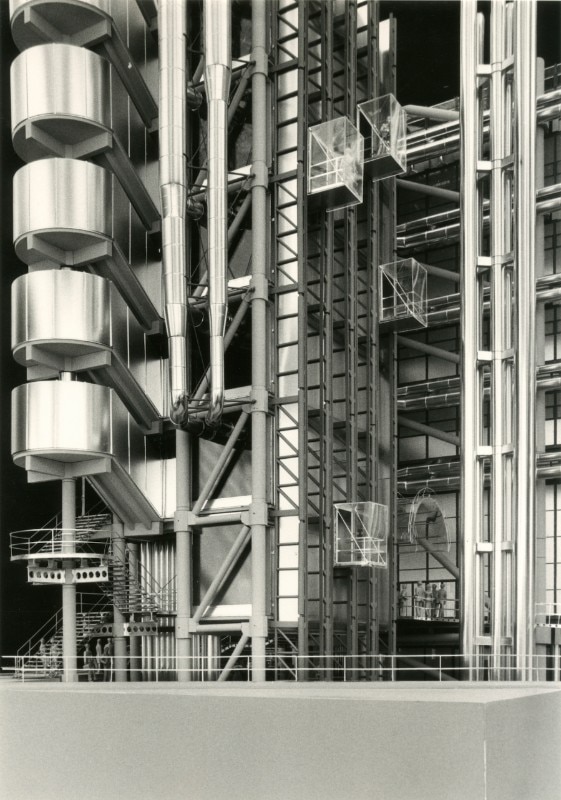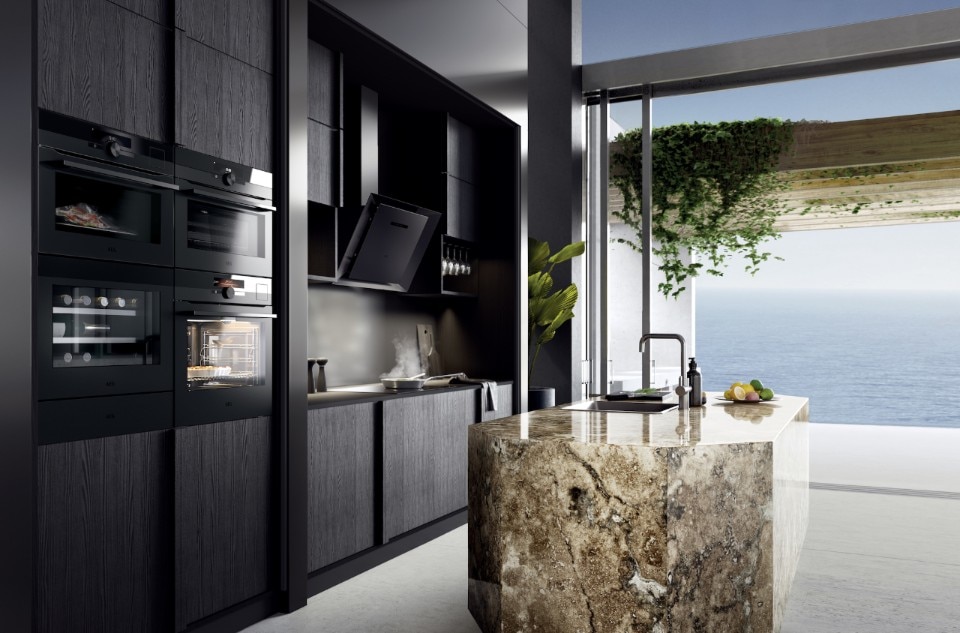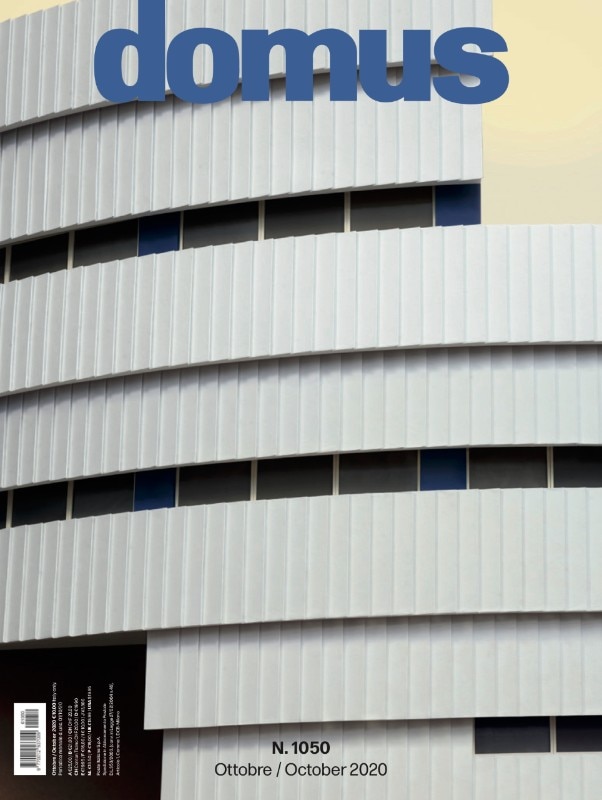The October issue of Domus 1050 is dedicated to the dialogue between architecture and technology, disciplines in perennial evolution that continue to intersect in a complex way, redefining boundaries, motivations and status of the profession. David Chipperfield, in his editorial, questions the role of architects and designers in involving this world of technology towards broader responsibilities.
In this month’s Agenda, Todd Gannon, reviewing Reyner Banham's latest writings on High Tech, reveals the critic’s prophetic observations on the paradoxes of movement as a visual style and system. Helen Thomas reflects on the once undisputed acceptance of the technologies of the Modern Movement as the guiding principle for the progress of the developing countries of the “Islamic world” and the reactions to them as a form of cultural intrusion into post-colonial contexts. Finally, Vittorio Magnago Lampugnani warns against the blind pursuit of technology as an element of definition of the physical environment.
In the Practice section we invite fellow architects to answer the question: what future for architecture? David Chipperfield receives a letter from Jacques Herzog, who writes about the difficulty for architects to actively act on environmental disasters. Taking the modest and experimental Arcadia Education Project as a reference, Saif Ul Haque reflects on the adequacy of simple but innovative solutions. Adam Curuso tells us about the research carried out by his studio together with his ETH students on the most ideological and programmatic promises of the Modern. Jeanne Gang states that a methodology based on listening and collaboration is more urgent than ever to address complex problems. Alireza Taghaboni explains how the Iranian concept of architecture should be read through her relationship with three ‘other’ entities: the Government, the market and the West. Michael Murphy and Alan Ricks of MASS Design Group show us the three fundamental principles that guide them in their professional practice: investing in our planet, making sense of places for those who live there and, finally, awakening the bonds that inextricably unite us with each other.
For the pages dedicated to Design and Art, Kazuko Koike describes design as “a kind of performance” that illuminates the world. Jasper Morrison's design notes this month are very personal, with the designer retracing the salient stages of his forty-year relationship with Milan, the city that “opened the first door to the world of design”. This month we visit Casa Armadillo, born from the collaboration between an architect and an artist: Roger Diener, in whose work the two disciplines often merge, and Marc Camille Chaimowicz, who has always explored ephemeral objects and the surfaces of the domestic world.
Among the Reflections, Studio Mumbai tells us how an emergency solution suggested by a site manager to make the drawings resist the difficult monsoon climate has become their practice. Roel De Ridder, Mela Zuljevic and Liesbeth Huybrechts tell us about the evolutionary stages of participatory design and explain why technology today plays an important role in fostering civic engagement. Ben Lerner explores the theme of the transformation of architecture into nature, of interiors into exteriors, using the books he read to his daughters during the pandemic. Digging into the Domus archives, Fulvio Irace re-examines the paradoxes of Richard Rogers’ London Lloyd’s complex, “a ‘monument’ to the last heroic season of militant Modernism”.
In this month’s Diary, pages dedicated to current events, Marco Petroni tells us about the need to reconfigure places and ways of working: a question of primary importance that opens up possibilities and spaces of intervention for designers. Loredana Mascheroni writes about the thirteenth edition of Manifesta, a nomadic art biennial. In the section dedicated to art, Valentina Petrucci analyzes the work of the young artist Pietro Quattriglia Venneri, animated by the mantra “Sniffing, chasing, buying”. Silvana Annichiarico continues with the selection of three emerging talents in the world of design. The editorial director Walter Mariotti concludes the section with the Coffee Break column, in a conversation with Riccardo Donadon, founder of H-Farm and since 2013 he is on the advisory board of Ca’ Foscari University.


